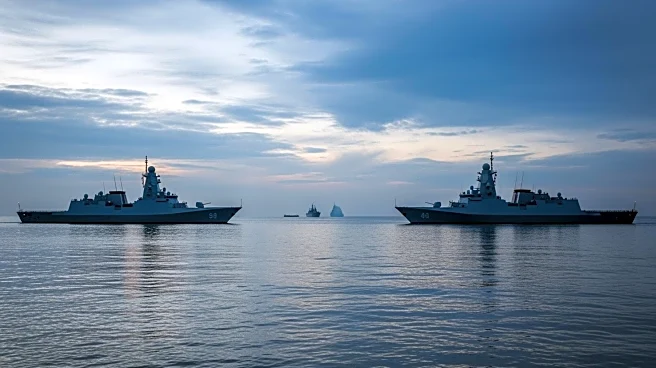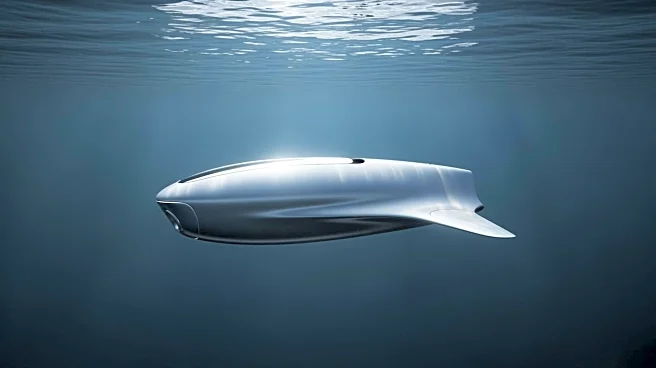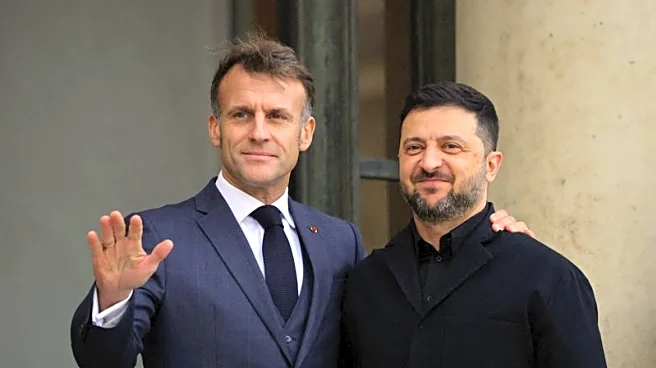What's Happening?
Sweden is set to choose a supplier for its acquisition of four new frigates early next year, as part of a multi-billion Swedish crown investment to bolster its naval capabilities. This decision comes amid
Sweden's efforts to enhance its military forces following Russia's invasion of Ukraine. The Swedish Defence Minister, Pal Jonson, announced the timeline for the decision during a news conference with French Minister of the Armed Forces, Catherine Vautrin. Sweden is considering existing designs from several international suppliers, including France's Naval Group, Spain's Navantia, and Britain's Babcock, in collaboration with Sweden's Saab. The new Lulea-class frigates will be the largest surface warships in Sweden's navy, with an expected lifespan of 40 years.
Why It's Important?
Sweden's decision to expand its naval fleet reflects the broader geopolitical shifts in Europe following the conflict in Ukraine. By investing in larger and more advanced frigates, Sweden aims to strengthen its defense capabilities and deter potential threats. The selection of a supplier will not only impact Sweden's military strategy but also foster international partnerships, particularly with countries like France, Spain, and the UK. This move could enhance Sweden's role in regional security and contribute to the stability of the Baltic Sea area, where tensions have been heightened due to recent geopolitical developments.
What's Next?
Once a supplier is chosen, Sweden will proceed with the construction and delivery of the frigates, with the first two expected by 2030. The collaboration with international suppliers may lead to joint ventures and technology transfers, benefiting Sweden's defense industry. As the frigates are integrated into Sweden's naval fleet, there may be increased military exercises and cooperation with NATO allies to ensure readiness and interoperability. The decision could also influence Sweden's defense policy and budget allocations in the coming years.














